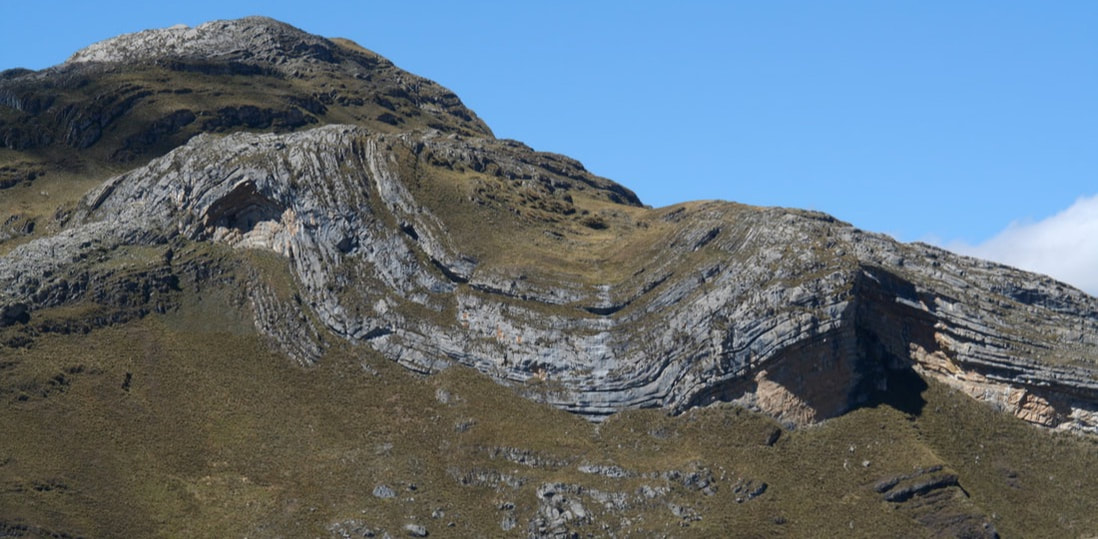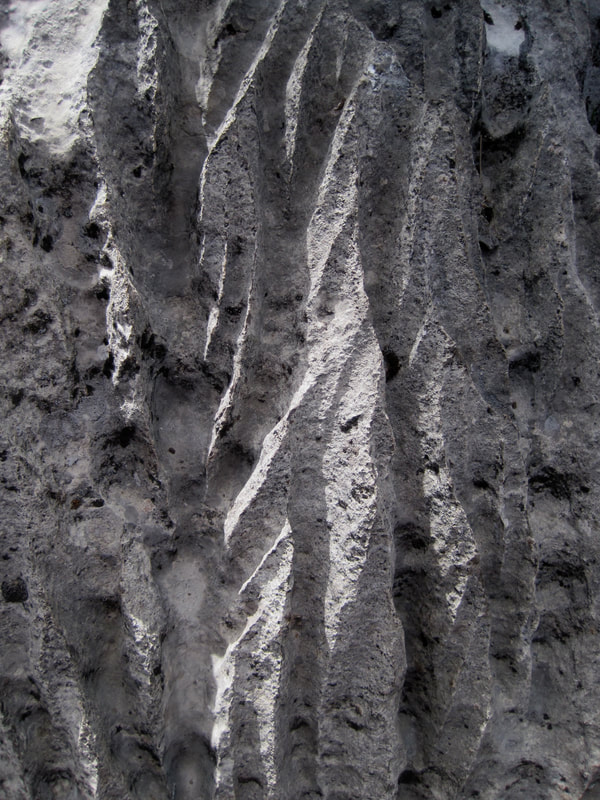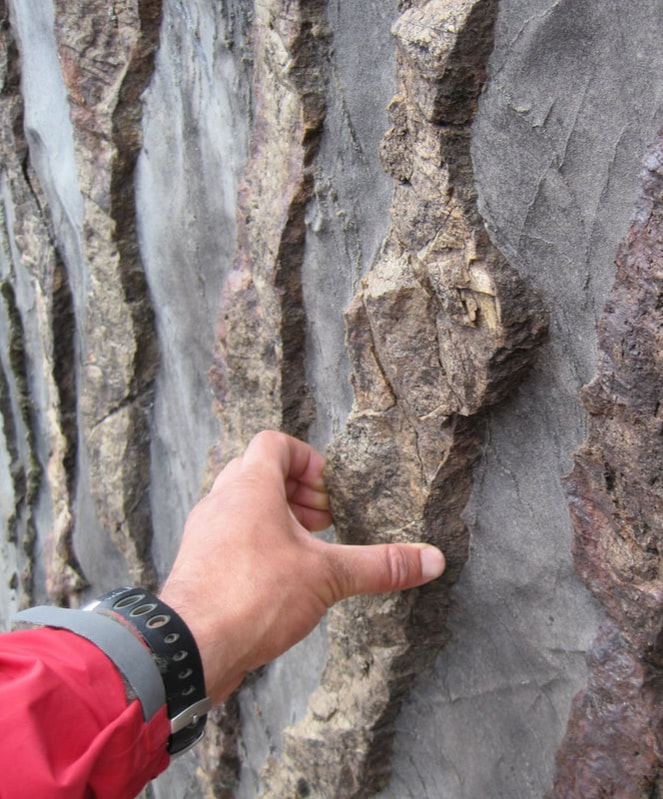Cordillera Huayhuash Alpine Circuit
|
The official home of Peru's Cordillera Huayhuash Alpine Circuit.
The Huayhuash Alpine Circuit is a 7-day mountaineering adventure in the heart of the Peruvian Andes. It involves 5000m of elevation gain, the same amount of loss, and 70km of distance. The Alpine Circuit is the best Haute Route on Planet Earth. |
The Alpine Circuit is not the standard, traditional, popular Huayhuash Circuit. The popular route is called the Valley Circuit, and is completed hundreds of times per year, usually with donkey support. (Confusingly, some locals and travellers refer to the Valley Circuit as "the Alpine Circuit".) The Alpine Circuit is more demanding than the Valley Circuit---no donkey support, technical terrain, no pathway to follow. This is a challenging route, with approximately 5000m of vertical gain and the same amount of loss over 70km, all with full mountain backpacks. On the Alpine Circuit, you are on your own. While much of the Alpine Circuit is essentially hiking, many cruxes demand mountaineering skills and experience, with two glacier crossings, steep, exposed terrain, rock and icefall hazard, and short technical rock steps. In many places on the Alpine Circuit, a minor mistake could be fatal. If you are unsure about whether you have the skills or experience for this route, consider hiring a guide and/or porters through La Cima Logistics. (see the Logistics for more info). The best months to do it are June-August; April, May, September, and October are second best. December - March is the rainy season.
Geography & Geology
|
from my book, written by James Floyer
"The geography of the Huayhuash is characterized by sharp summits that overlook broad, alpine valleys. The area is presently glaciated on terrain above about 5000m; most of this glacial terrain is joined in a central T-shaped band linking the summits of the highest mountains within the range. In the past, glacier extended to a much lower elevation and was responsible for shaping the broad valleys of the area. Many of these valleys contain lakes that were dammed by glacial sediments and filled by the meltwater of the retreating glaciers. Glacial retreat continues in the region today, enhanced by human-induced global warming. The Andes began forming about 90 million years ago when the Nazca oceanic plate started to slide under the South American continental plate. This subduction resulted in the entire western margin of South America being folded into a near-continuous mountain chain. The rate of subduction accelerated about 25 million year ago giving a rate of uplift in the order of 0.2-0.3mm per year. The Andes is a young mountain chain and uplift is still occurring today, although not evenly and a rate that is imperceptible to humans. Much of the Huayhuash is comprised of limestone, interbedded with sandstone and shale. These sediments were originally laid down on the ocean floor and have been pushed up and folded due to the convergence of the two plates. The folding of sediments is frequently obvious and spectacular. The limestone has a coarse, sharp texture and is light to dark grey in colour, sometimes with a slight bluish tint. Although occasionally brittle, it offers excellent friction for climbing. It is usually massive, interspersed with with occasional irregular-shaped cracks. Marine fossils (bivalves and ammonites) may be found within some of the limestone beds. Volcanic activity has also influenced the geology of the Huayhuash. There is possible evidence for a cinder cone at Pumarinri near Cuyoc Pass and hot springs are found nearby and in other parts of the range (including in Queropalca). These areas are associated with hydrothermal alteration, producing yellow (sulphate minerals) and red (iron oxide) banding within the rocks. This alteration can make the rock fragile and slippery and as such, undesirable for climbing. Throughout the Puscanturpa group and on parts of Trapecio and Quesillo there is a spectacular formation of vertical hexagonal columns comprised of within tuff. This material would have formed during a volcanic event that entrained small fragments of the surrounding limestone in the magma whilst rising rapidly up a vertical fault in the mountain. Most of the volcanic material was not ejected; instead it was trapped in the vertical fault as a dyke. There it cooled rapidly, contracting and creating the characteristic columnar jointing often associated with basaltic-type rocks." |
Huayhuash Locals - A Mixed Bag
|
On the dark side, the Huayhuash is the historic home of the terrorist group, The Shining Path. Although their leader was imprisoned in 1995, some support for this far-left group may still exist. In the early 2000s, I received racial insults and had rocks thrown at me. Following the murders of tourists in 2002 and 2004, the local communities began collecting fees in exchange for protection. Still, in 2014, a group of cyclists on the Valley Circuit had a gun pulled on them.
On the lighter side, I've found the majority of the folks in the Huayhuash to be friendly and welcoming. |
Alpine Circuit History
|
While climbing in and preparing to write a Huayhuash guidebook in the early 2000s, I hiked around the mountains extensively and researched the many climbs in mountaineering journals. In many instances, climbers had ascended one side of the mountain, descended the other, then crossed a pass to return to base camp. At some point in 2003, it dawned on me that these passes connected. By comparison to the already legendary Valley Circuit, this system of passes was clearly a cut above. I called it the Alpine Circuit. While I had traveled most parts of it, I hadn't traveled all of it. Peruvians and Huaraz guides, Alfredo Quintana Figueroa and Christian Silva Lindo made history in January 2004 when they became the first humans to complete the Alpine Circuit in its entirety. I wrote about the Alpine Circuit in my guidebook (2005) and finally completed it in its entirety in 2019.
|
About Me
|
I fell in love with the Huayhuash in 1996 when I first read Joe Simpson's Touching the Void. In 2000, I traveled to the Huayhuash for the first time, making an unsuccessful attempt on Jirishanca. I returned in 2001 and climbed Sarapo and a new route on Siula Grande. In 2002, Jirishanca shut me down again. In 2003 and 2010, I wandered to the base of Yerupaja, both times turning tail. On these trips, I did various parts of the Valley and Alpine Circuit, and finally completed the Alpine Circuit contiguously in 2019.
I am a professor of psychology at the University of Winnipeg, Canada. I stand to gain nothing financially from this website. I created this website to share something incredible that I discovered with those that also feel the call of the Alpine. My only request is that those who hear this plea help keep it pristine. Please pick up trash after those who don't care enough or know better. Please keep human waste away from water sources. Some friends cautioned me about creating this website for fear that it will have the unfortunate consequence of trashing the Alpine Circuit. With hesitation, I created this website under the faith that the collective interest in preserving this gem will offset the carelessness. ~Jeremy Frimer |










